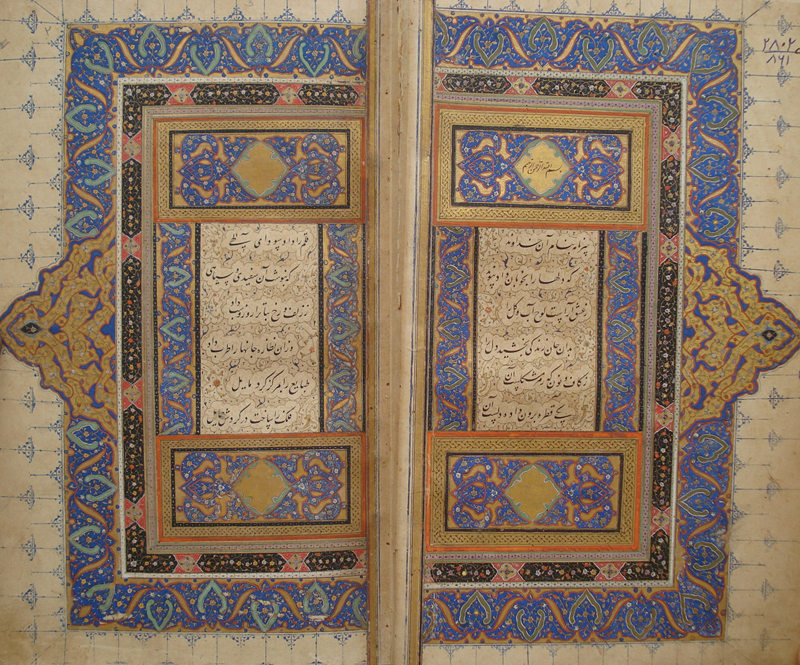Dhritabrata Bhattacharjya




Grant Period: Over eleven months
Manuscriptology is a comparatively new domain of study in India. It covers all aspects of a manuscript––its making and restoration, form and content––and employs diverse research methodologies. The advent of digitisation has given manuscriptology a great impetus recently. The National Manuscript Mission in India has begun to define and shape studies in this area. While conservation, restoration and documentation form important aspects of the study of manuscripts, this proposal puts emphasis on a codicological approach, which emphasises the materiality of a codex manuscript. “More than five hundred books and catalogues on Mughal manuscripts are available. But these are either written from the point of view of art history, or are purely based on the textual and visual content of the manuscripts,” says Dhritabrata Bhattacharjya. He feels that a vast number of intellectual interpretations can be obtained through minute examination of these manuscripts. As part of his codicological methodology, he will scrutinise material aspects of the manuscript (paper, parchment, ink, pigments, calligraphy, glosses and marginalia, the assembly of the codex, binding and transmission). Such a line of enquiry, he contends, will lead to new insights into the social, cultural and economic history of the Mughal era.
Bhattacharjya has further narrowed the scope of his enquiry to Akbar’s rule, and the particular case of one manuscript of the time, Ashiqa. Written by Amir Khusrau, the story is about the romance of Khizr Khan (Allauddin Khilji’s son) and the princess of Devagiri, Deval Rani. This work of 4,200 verses was completed on February 1, 1315. The choice of Ashiqa justifies itself well because it was reproduced all over the Persian speaking regions, from Turkey to India. Although manuscripts were produced in India even before the Mughals, it was only in the sixteenth century that a permanent manuscript production unit was established by Akbar in Fatehpur Sikri. He even commissioned seven manuscripts of Ashiqa. Dhritabrata observes that this marks an important shift in manuscript production.
In the first phase of his research, Bhattacharjya will closely study select manuscripts in order to understand Akbar’s cultural policy in the context of his era and the political situation. The usage and distribution of the manuscripts will be traced through the inscriptions and scribal notes appearing on them. Subsequently, he will explore early readership in Indian society through a reconstructed image of the manuscript industry. Finally, he will reread the Ashiqa in order to reconstruct the intangible history of the Mughal era. The study of the manuscript industry, as a forerunner to the book industry, will also retrace the relevance of manuscripts among the artists and the nobles. The research will lead to a documentation of the manuscripts of Ashiqa in a model standardised data sheet to explore the scope of digitisation. The digitised version may also feature an English translation to give it greater accessibility and readership. In collaboration with the National Manuscript Mission, Dhritabrata plans to develop a PowerPoint presentation documenting the Mughal manuscript industry and the Imperial library. Another outcome will be a book on manuscriptology.
This grant was made possible with part support from Shuiab Ahmed.
